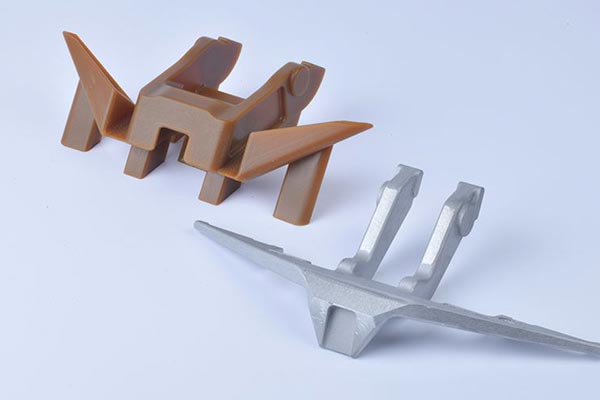Rapid tooling, also known as Rapid prototyping or RP, is defined as the process of making technology a simple solution to create things more smartly. It involves various proceedings for 3D printing options and opportunities that are used for designing and developing plastic and molds. In simple terms, the whole technology is dedicated to creating things faster, with the help of CAD data. The amount of time and labor took to produce the actual product is less, in comparison to other forms of prototyping tool practices. To get the best deal out of the whole process, RP also functions as the easiest way to get hands-on molds and other forms of production!
What are the main challenges in the process of rapid tooling?
Rapid tooling might look a simple procedure, but there are technical steps involved here as well. The manufacturers need to take special care that there is no dysfunctional element involved at the starting of the activity. In other words, using the process means that the whole cycle of development needs to be understood under professional terms and conditions. Under slight conditions of change, the industry might encounter significant trouble too. Therefore, proper care in the process of manufacture needs to be ascertained at all costs.
Another disadvantage that makes the process challenging is the life of the technology. It is not possible always to keep on using this technology, which is otherwise possible for conventional methods.

Rapid prototyping products
The advantages:
Some of the possible merits in the process of rapid tooling are as follows:
- The process of rapid tooling or rapid prototyping involves making manufacturing all the more fun and easy. The entire time taken to produce plastics is less and is also durable.
- The best part of adopting this type of technological step is to make things available in the market much faster.
- The products that are available in various stores are priced less, which is not possible when production is done through conventional methods. There is an additional cost of tools required, which is comparatively neglected in rapid prototyping.
- The production quantity might be less at one go, but the quality is maintained at its best. The shelf life of the products is amazing.
- The molds that are created with the process of rapid prototyping is not used for personal uses. Instead, commercial usage is preferred.
What are the special benefits associated with the process of rapid prototyping?
Apart from the above-listed advantages, rapid tooling has some additional benefits as well. This involves seeing the program and measurements of the system first. In addition to that, there are personalized suggestions as well, involving certain risks associated with the task. In addition to that, the labor required is also less. Individuals interested to get to know the manufacturing of rapid prototype products can find various ways to list their requirements. The product can, therefore, be designed and manufactured accordingly!
